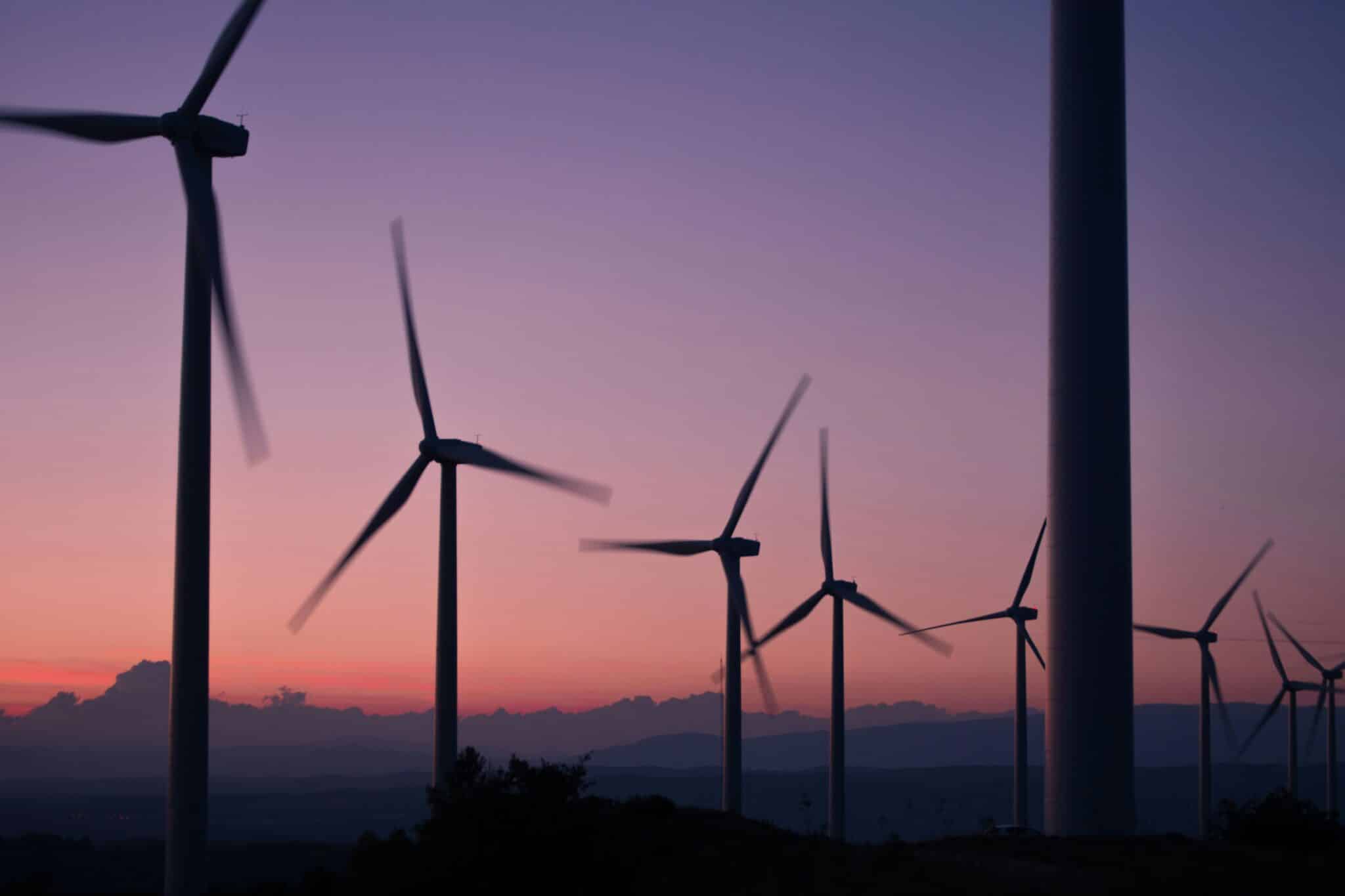We’ve already reported on the UK’s decision to hike what it will pay offshore wind farms for electricity – a recognition of the soaring costs facing the sector, and a potential helping hand. But where else in the world is the industry seeing support and encouragement?
EUROPE At the turn of the year, Europe’s battered wind industry received a welcome boost with the signing of the European Wind Charter, a move that promises faster permitting for wind energy, and a commitment from member states to ramp up both off and on shore wind deployment.
Though the pledges are voluntary, the enthusiasm for the charter was demonstrated by the fact that every European Union country has signed up to it (apart from Hungary, which has its own EU issues), plus more than 300 companies from the sector. This was seen by European Commissioner for Energy, Kadri Simson as “confirming the EU’s collective determination to have a strong and robust European wind industry”.
The plan has several aims, such as making it easier for wind companies to access EU funding, including some cash previously set aside for innovation and research. In theory, this should reduce financing costs for equipment manufacture, and help the industry de-risk while increasing capacity.
But there are also actions within it – principally around sustainability, cyber security, innovation, and labour standards – designed to protect European OEMs from the perceived threat of Chinese competition.
This following a year when some of those home-grown OEMs have struggled with losses and cutbacks. There is an argument that the current price-driven auction process has favoured developers using cheaper Chinese turbines (though in truth there has been little such penetration… thus far). The European wind industry has been lobbying to change it, and commission trade officials are also starting to question some non-EU countries subsidy practices.
And in February, the EU announced plans to cut its greenhouse gas emissions by 90% by 2024; part of its commitment to become the world’s first climate-neutral continent. This amounts to using 80% less fossil fuels in 2024 than it did in 2021. Though some critics have cited the commission’s weakening stance on reducing agricultural emissions as a nervous nod to a troublesome farming sector, the plan nonetheless continues to sketch out an increasingly promising future for the offshore wind industry and other renewables.
AMERICA Meanwhile in the US, the industry is looking forward to a brighter 2024, with work – hopefully – due to start on a number of projects that were delayed or mired in funding issues during 2023. As in Europe, inflation and supply chain problems hit schemes across several states, and a range of companies took painful write-downs, totalling several billion dollars, as planned offshore projects were overtaken by rising costs.
According to the Deloitte Research Center for Energy & Industrials, inflation and interest rates also “disproportionately impacted offshore wind, which saw a 50% rise in its LCOEs (Levelised Costs of Energy) from 2021 to 2023.” However, an IRA package of tax credits could go some way to making life easier for the wind industry in 2024, even if not recapturing the recent historical downward trend on LCOE.
Offshore wind also remains a key element in President Biden’s ambitions to green the American power grid and combat climate change. Meanwhile, jurisdictions representing more than half of US electricity retail sales now have mandatory renewable portfolio standards in place, and more states, localities and public utilities are expected to invest in renewables in 2024 (with IRA mechanisms again supporting them).
Despite the challenges of 2023, a widening number of states, and America at large, seem to have retained their commitment to clean energy goals, even when the going was rough. Though hopeful as the news is, Deloitte still expected renewables to experience “a variable speed take off” in the coming year.





